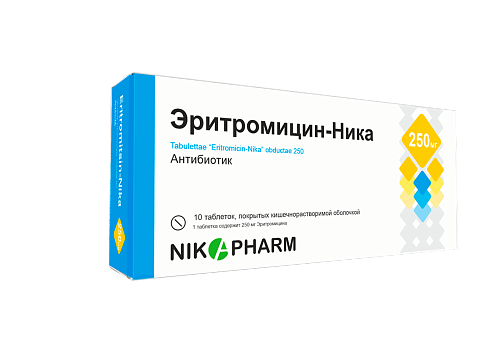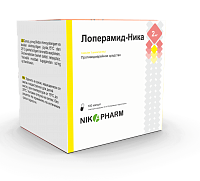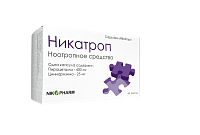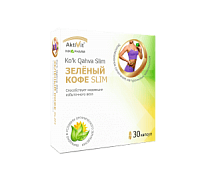Indications
Bacterial infections caused by pathogens sensitive to erythromycin:
- Infections of ENT organs (laryngitis, pharyngitis, tonsillitis, sinusitis, external and middle otitis media);
- Lower respiratory tract infections (tracheitis, bronchitis, pneumonia);
- skin and soft tissue infections (pustular skin diseases, including infected wounds, bedsores, burns II-III st., trophic ulcers);
- biliary tract infections (cholecystitis);
- genitourinary infections in pregnant women caused by Chlamydia trachomatis;
- uncomplicated chlamydia in adults (with localization in the lower urinary tract and rectum) in case of intolerance or ineffectiveness of tetracyclines;
- primary syphilis (in patients allergic to penicillins);
- gonorrhea;
- scarlatina, legionellosis (Legionnaires' disease), listeriosis, trachoma;
- prevention of exacerbations of streptococcal infection (tonsillitis, pharyngitis) in patients with rheumatism.
- Prevention of infective endocarditis during dental interventions and operations on ENT organs in patients with risk factors (heart defects, prosthetic valves, etc.).
Erythromycin is a reserve antibiotic in case of allergy to penicillin and other antibiotics of the penicillin group, as well as to other beta-lactams.
Information on proper use
How to use and dosage
Oral tablets. The medicine should be taken 1-2 hours before a meal or 2-3 hours after a meal. The tablets should be taken without chewing, without breaking, and with enough water.
Adults and adolescents over 14 years of age.
Single dose - 250-500 mg;
Daily dose - 1000-2000 mg (1-2 g).
Erythromycin is taken 4 times a day, the interval between doses - 6 hours. With a daily dose of erythromycin not more than 1 g - it is possible to use the drug in 2 doses (500 mg every 12 hours). In severe infections the daily dose of erythromycin can be increased up to 4 g (4000 mg).
Maximum daily dose: 4 g (4000 mg).
The course of treatment is 5-14 days, after the disappearance of symptoms, treatment is continued for 2 more days.
Treatment of streptococcal infections of various localizations (including tonsillopharyngitis): should last at least 10 days.
In juvenile acne: 250 mg 2 times a day simultaneously with topical therapy, then after 1 month from the beginning of treatment, depending on the condition, the dose can be reduced to 250 mg once a day.
In uncomplicated chlamydia (urethral, endocervical or rectal) with intolerance to tetracycline antibiotics: 500 mg 4 times a day for at least 7 days.
Treatment of primary syphilis: course dose is equal to 30-40 g, duration of treatment is 10-15 days, frequency of administration - 4 times a day. It is preferable to start treatment with intravenous administration, with subsequent transition to oral forms.
In gonorrhea: 500 mg g every 6 hours for 3 days, then 250 mg every 6 hours for 7 days.
Treatment of diphtheria bacteremia: 250 mg 2 times a day for at least 7 days.
In whooping cough: 100-250 mg 4 times a day, course of treatment 5-14 days.
In scarlatina: treatment course - at least 10 days.
In legionellosis (legionnaires' disease): daily dose 2-4 g divided into 4 doses (500-1000 mg 4 times a day) until disappearance of clinical symptoms of the disease (but not less than 14 days).
In listeriosis: 250-500 mg 4 times a day for at least 7 days, etiotropic therapy is carried out until the 6th-7th day of normal temperature, and in severe forms - until the 14th-21st day.
In erythrasma: 250 mg 4 times a day for 5-7 days simultaneously with external agents.
In amoebic dysentery: 250 mg 4 times a day. Duration of treatment - 10-14 days.
Prevention of exacerbations of streptococcal infection (tonsillitis, pharyngitis) in patients with rheumatism: 250-500 mg 4 times a day, course duration - at least 10 days.
Prevention of infective endocarditis in patients with heart defects in dental interventions and operations on ENT organs - adults 1 g (1000 mg) 1-2 hours before therapeutic or diagnostic procedures, then 500 mg every 6 hours, a total of 8 receptions.
Children from 6 to 14 years old.
Depending on age, body weight and severity of infection - 30-50 mg/kg per day in 2-4 doses. In case of severe infections, the dose may be doubled.
For prophylaxis of streptococcal infection (in tonsillitis, pharyngitis): 20-30 mg/kg/ per day, course duration - at least 10 days.
For prophylaxis of septic endocarditis in patients with heart defects: 20 mg / kg 1 hour before the treatment or diagnostic procedure, then 10 mg / kg, repeated after 6 hours.
For pneumonia in children: 50 mg/kg per day in 4 doses, for at least 3 weeks.






